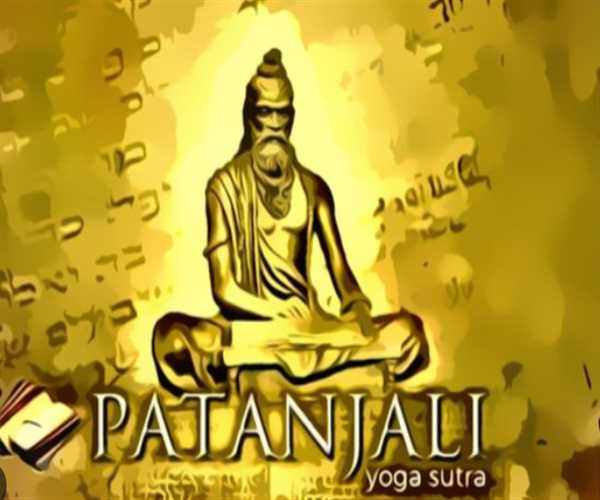Search here

07-Mar-2024 , Updated on 3/8/2024 12:01:59 AM
Who was Patanjali and what are the Yoga Sutras?
Who was Patanjali?
Patanjali became an Indian sage who is said to have written numerous Sanskrit writings, the greatest of which being the Yoga Sutras, a well-known yoga literature written between two hundred BCE and 2 hundred CE.
Though allusions to yoga in Hindu literature had long existed, they had been thought to be too diverse and confusing for the general populace, so Patanjali produced the Yoga Sutras to bring together previous teachings into an extra effortlessly followed and understandable manner.
Today, the Yoga Sutras are the most commonly cited yoga literature, making Patanjali "the daddy of yoga" within the eyes of many.
Beyond the Yoga Sutras, comments on two additional famous works are assigned to an author called Patanjali.
The Mahabhashya, which dates from around the second century BCE, is a commentary on an important Sanskrit grammar treatise authored by the Indian grammarian Panini.
The Carakavarttika, written during the ninth and tenth century, is a commentary on the Charaka Samhita, a significant book on Ayurveda (ancient Indian medicine).
While current historians generally feel that this period makes it implausible for the same Patanjali to have produced all three of these works, many adhere to the more conventional idea that a single Patanjali is responsible for them all.
Some may find it absurd to assume that a single individual could be the author of scriptures written over a thousand years apart, yet Patanjali is also revered as a holy figure by many Hindus.
In his book "The Yoga Sutra of Patanjali: A Biography," David Gordon White writes that "'Patanjali' is listed as the name of one of the 26 mythical divine serpents in a number of Puranas." The main Puranas (18 in total) are ancient Hindu writings attributed to the sage Veda Vyasa.
The Vishnudharmottara Purana, a supplement to the Vishnu Purana, states that the "visual of Patanjali's Yoga instruction must have taken the form of Ananta." Ananta is regarded in Hindu folklore as the celestial Lord of Serpents, holding all of the planets of the cosmos on his 1,000 cobra hoods.
Like we see, the Vishnudharmottara Purana, which begins from the sixth century, connects the "yoga" Patanjali and the "Ananta" Patanjali as if they are the same.
So, while the technique stated in the Yoga Sutras does assist to inculcate relaxation and physical health—the modern multibillion-dollar yoga industry concentrates almost entirely on this—yoga is more truly a practice of mind control in quest of freedom.
Though we may never know the complete truth of Patajali's life (or lives) according to current academic historians, the practice of yoga has inspired and elevated a large number of people, and continues to do so. Regardless of when they were written or who penned them, the impact of these works has continued to affect and shape the lives of millions.

CONTENT WRITER
Writing is my thing. I enjoy crafting blog posts, articles, and marketing materials that connect with readers. I want to entertain and leave a mark with every piece I create. Teaching English complements my writing work. It helps me understand language better and reach diverse audiences. I love empowering others to communicate confidently.
Join Our Newsletter
Subscribe to our newsletter to receive emails about new views posts, releases and updates.
Copyright 2010 - 2025 MindStick Software Pvt. Ltd. All Rights Reserved Privacy Policy | Terms & Conditions | Cookie Policy